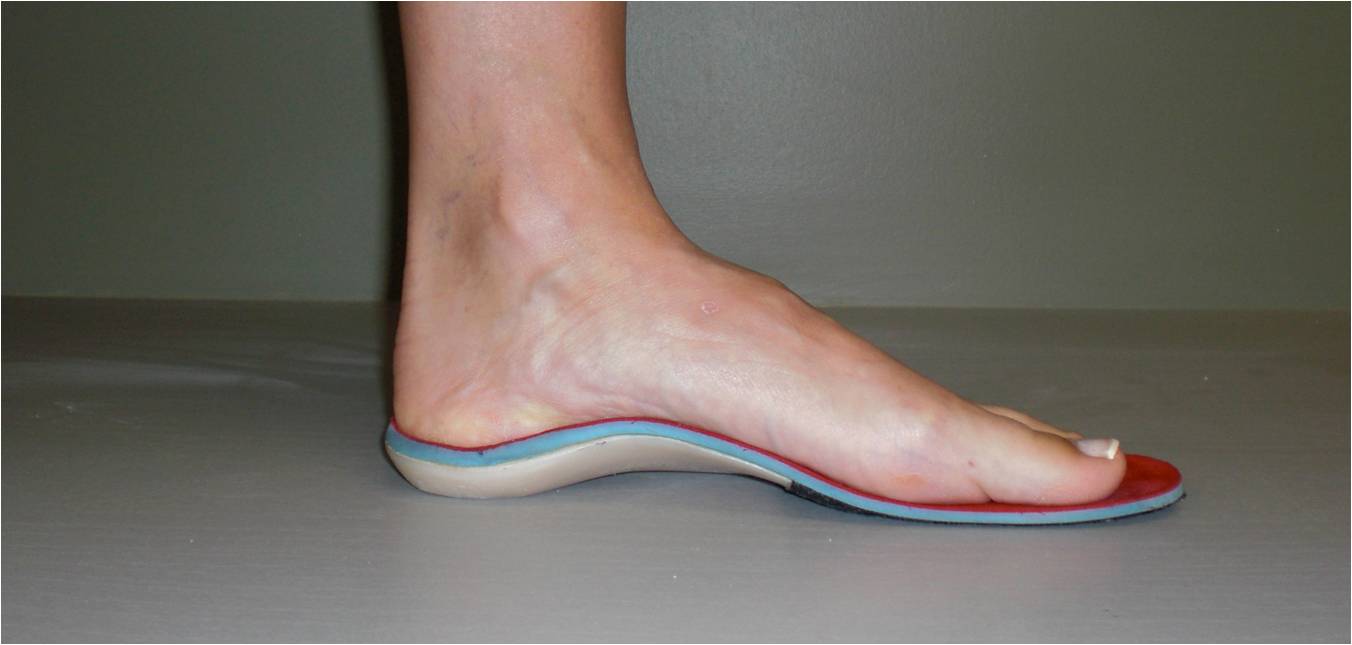What is Orthotics?
Throughout the years, orthotics has come to portray an extensive variety of items intended to give foot backing and solace. Regardless of this range, a genuine practical orthotic (as created in the center part of the most recent century) is characterized by a gadget that is framed from a mold of one’s foot while that foot is held in a subtalar joint nonpartisan position. The subtalar joint exists under the lower leg joint, and takes into account the foot to straighten and build its curve contingent upon the course of its movement. The impartial position is the point at which the subtalar joint is not leveling (pronating) the foot, nor is it making a higher curve (supinating). It has been very much exhibited that a wide assortment of foot conditions are the aftereffect of poor mechanics at the subtalar joint. Hyperpronation happens when the subtalar joint takes into consideration over the top pronation than anatomically normal. The inverse happens if too little pronation is accessible, as the foot gets to be ‘cavoid’, or high angled, despite the fact that this is far less basic.
Numerous foot issues happen specifically as an aftereffect of hyperpronation, including plantar fasciitis, back tibial tendonitis, Tarsal Tunnel disorder, hammertoes, bunions, and neuromas. An orthotic will be compelling by controlling this hyperpronation, along these lines taking out the fundamental reason for various foot conditions. Utilized alone for treatment, the orthotic won’t likely be useful as the incendiary (agony) part of these conditions still should be tended to. In any case, as a major aspect of a multifaceted treatment arrangement in which the orthotic is utilized for long haul auxiliary backing, the orthotic is liable to give huge advantage. The orthotic plan should precisely catch a man’s particular subtalar joint in an unbiased position with a specific end goal to give the maximal measure of anatomic auxiliary backing. By doing this, the orthotic will diminish hyperpronation, permit the foot and leg to capacity all the more anatomically, and fundamentally lessen basically brought about foot issues.
Orthotics are typically made of a thermoplastic, however other composite materials can be utilized to make them sufficiently thin to fit into ladies’ dress shoes. Fabric top covers can be utilized, less to expand comfort but rather more to give a stage to apply adjustments to help the end of the foot. For instance, an orthotic itself keeps running from the heel to simply before the wad of the foot. To offload the wad of the foot further for specific conditions, more accommodative cushioning is required further down along the foot past where the orthotic itself closes. This adds further advantage to the orthotic’s capacity. As the orthotic is a solution gadget, a full biomechanical exam by a foot expert is required keeping in mind the end goal to get the remedy ‘right’, as a few patients require more alteration in adjusting the back of the foot with the front of the foot by changing how the orthotic is calculated, and certain conditions require more sensational adjustment to the typical cast.

